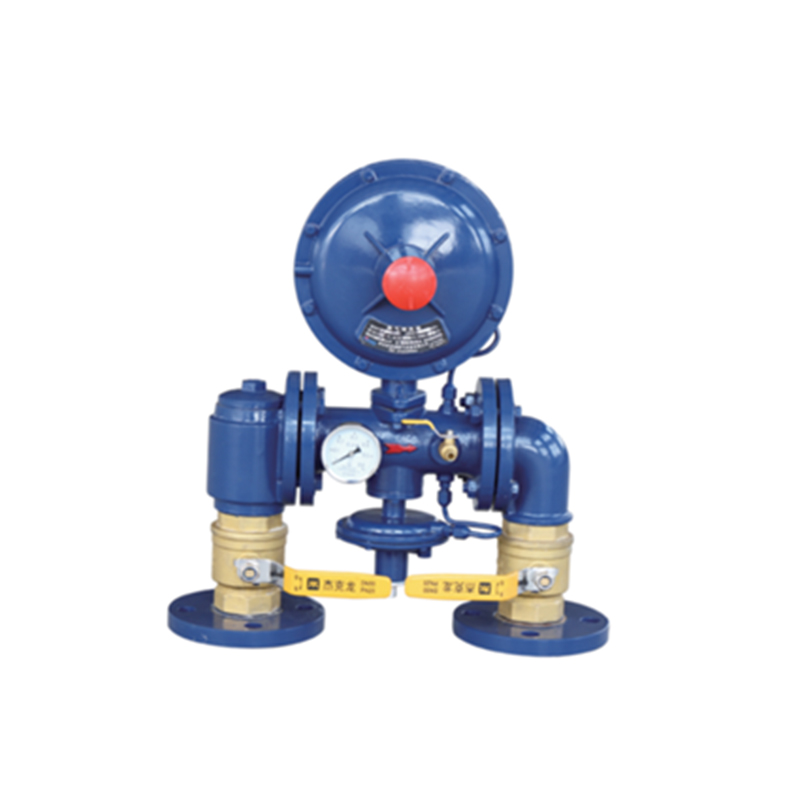
7 月 . 25, 2024 12:56
Back to list
Essential Guidelines for Selecting and Maintaining Gas Safety Valves in Industrial Applications
The Importance of Gas Safety Valves in Industrial Applications
In various industrial settings, the safe handling and management of gas are paramount to prevent accidents and ensure the well-being of personnel. One critical component that plays a vital role in this regard is the gas safety valve. This device not only helps maintain operational efficiency but also prevents potentially hazardous situations that could lead to catastrophic failures.
Understanding Gas Safety Valves
A gas safety valve is a specialized device designed to prevent excessive pressure buildup within gas systems. It operates by releasing gas when the pressure exceeds a predetermined level, effectively safeguarding pipelines, equipment, and personnel from the dangers associated with over-pressurization. These valves are typically used in gas storage facilities, processing plants, and other operational environments that involve gas transportation.
The fundamental function of a gas safety valve is straightforward it acts as a fail-safe mechanism. When system pressure reaches a critical threshold, the valve automatically opens, allowing excess gas to escape safely into the atmosphere or into a designated venting system. This process not only relieves pressure but also prevents potential explosions or ruptures in the gas containment systems.
Types of Gas Safety Valves
There are several types of gas safety valves, each designed for specific applications and pressure requirements. The most common types include
1. Spring-Loaded Valves These are the most widely used safety valves. They utilize a spring mechanism to hold the valve closed until the set pressure is reached. Once the pressure limit is exceeded, the spring mechanism compresses, allowing the valve to open.
gas safety valve

2. Pilot-Operated Valves These valves are used in applications where the pressure levels can fluctuate significantly. They use a small pilot valve to control a larger main valve, providing more precise pressure regulation.
3. Electrically Actuated Valves These valves are controlled electronically and can offer automated pressure relief, making them suitable for complex setups that require remote operation.
The Role of Compliance and Maintenance
Ensuring the effectiveness of gas safety valves is crucial for safety and compliance with industry regulations. Regular maintenance and inspection are necessary to ensure that these valves function correctly. This includes checking for corrosion, ensuring that the seals are intact, and verifying that the calibration of pressure settings is accurate.
Furthermore, industries must comply with local and international safety regulations, which often mandate the use of gas safety valves and specify their maintenance protocols. Organizations must implement a rigorous safety management system that encompasses regular training for personnel in the proper handling and operation of gas systems, including the use of safety valves.
Conclusion
In summary, gas safety valves are indispensable components in managing the pressures associated with industrial gas systems. Their ability to prevent accidents through controlled pressure release cannot be overstated. As industries continue to evolve, the focus on safety and compliance will only grow stronger, highlighting the importance of investing in reliable gas safety valves and implementing comprehensive maintenance programs.
By prioritizing the installation and regular servicing of gas safety valves, companies can significantly enhance operational safety, protect their workforce, and maintain compliance with regulatory standards. Ultimately, these measures contribute to fostering a safer industrial environment where the risks associated with gas handling are effectively managed.
Latest news
-
Unlocking The Quality Gas Pressure ReducersNewsNov.01,2024
-
The Role of Gas Pressure Reducing StationsNewsNov.01,2024
-
The Importance and Functionality of Safety Relief ValvesNewsNov.01,2024
-
The Essential Role of Safety Valves in Natural Gas ApplicationsNewsNov.01,2024
-
The Essential Role of Gas Pressure RegulatorsNewsNov.01,2024
-
Enhance Your Premium Gas FiltersNewsNov.01,2024

